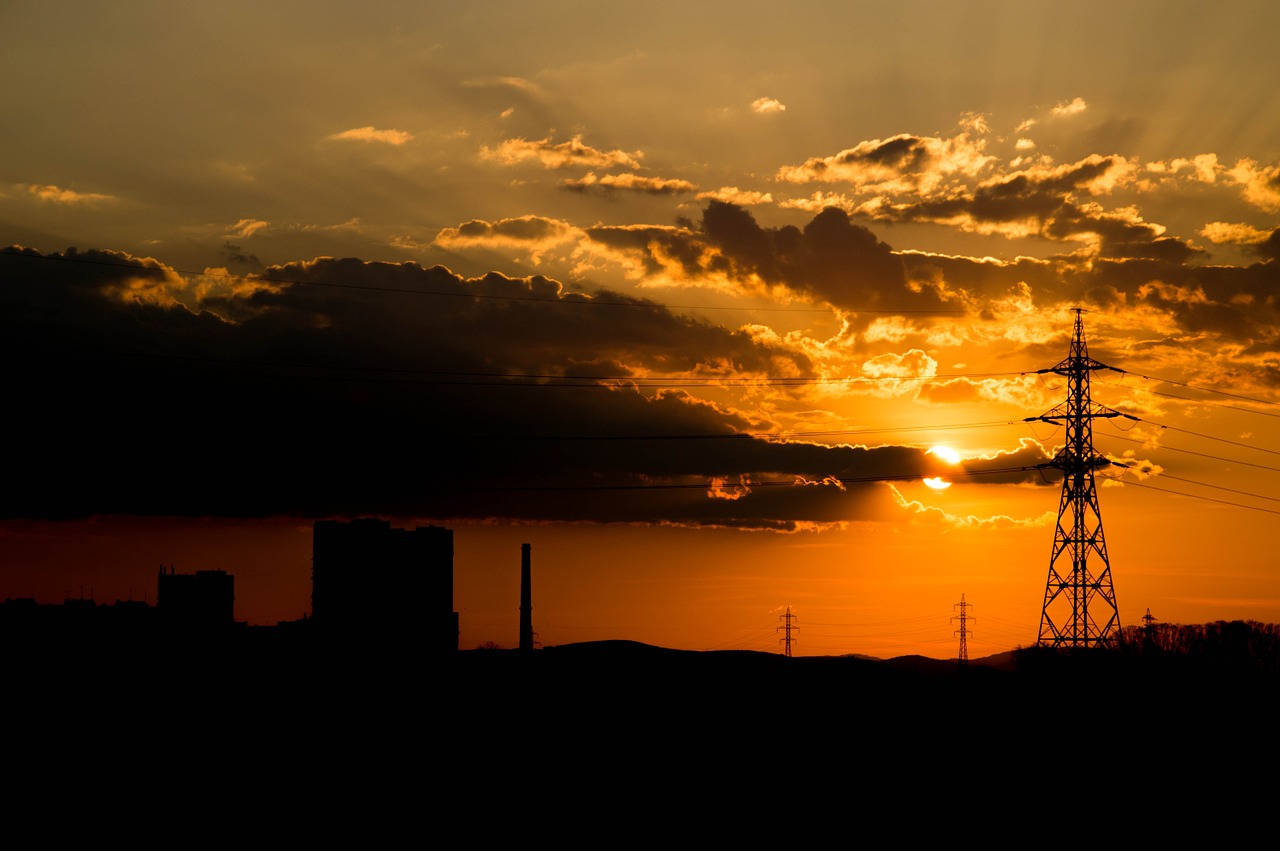By Frank Andorka, Senior Correspondent
Maryland’s status as a solar state has waxed and waned over the years. Under Governor Larry Hogan, the ups and downs have been rather violent.
On at least two occasions – most notably the Clean Jobs Act in 2016 – Hogan has vetoed legislation that would have encouraged solar and other clean energy development. And unfortunately, the legislature lacked the votes necessary to overturn them – at least in the Senate.
But if Hogan decides to stand in the way now, he’ll have his own Public Utilities Commission with which to contend. After all, the Commission released a report two weeks ago that focused on putting a value on solar and, to no one’s shock, the value of solar is good.
Like most value of solar reports that have been commissioned around the country, the independent report says solar is a good way to develop Maryland’s new electricity infrastructure, based on three different categories of measurement:
- bulk power system and emission reduction benefits (utility-scale solar)
- macroeconomic benefits (jobs); and
- distribution system benefits (behind the meter solar).
In all three cases, the Commission’s report suggests that not only is solar a net benefit to everyone in the state, but more solar should be developed posthaste. The final paragraph of the executive summary states this clearly:
The large potential for additional BTM and utility scale solar development and the significant value that solar can bring to the bulk power system, distribution system, and to the residents of Maryland through macroeconomic and health benefits represent a considerable opportunity for the state. The state and investor owned utilities should consider developing policies and enhancing utility system planning processes to encourage additional cost-effective solar development.
In recent years, Hogan has stood in the way of solar and said it wasn’t worth developing. Now his own Public Utilities Commission says otherwise. Only time will tell whether Hogan comes around and allows Maryland to become the leading solar state it has the potential to be.
Read the whole report here:
MDVoSReportFinal11-2-2018

